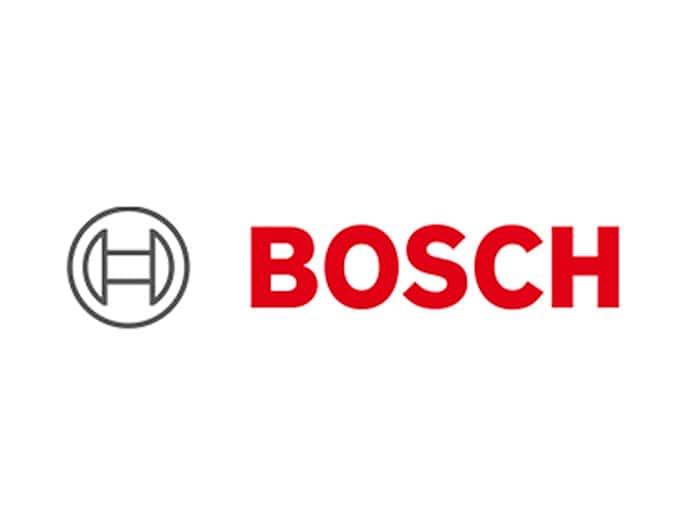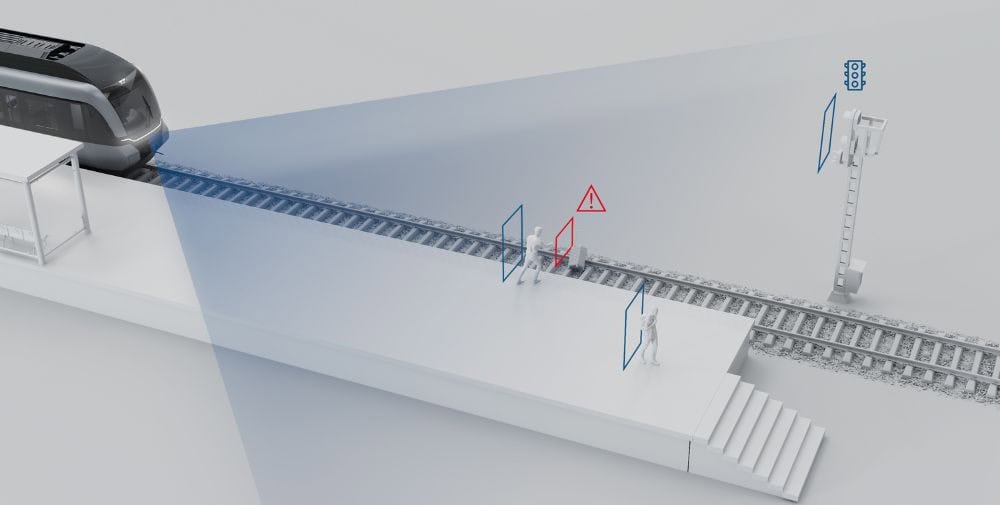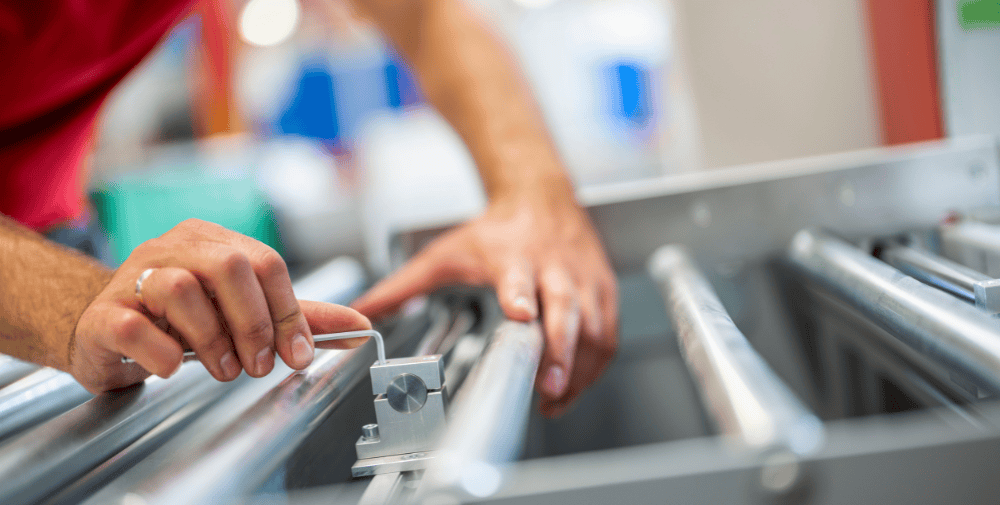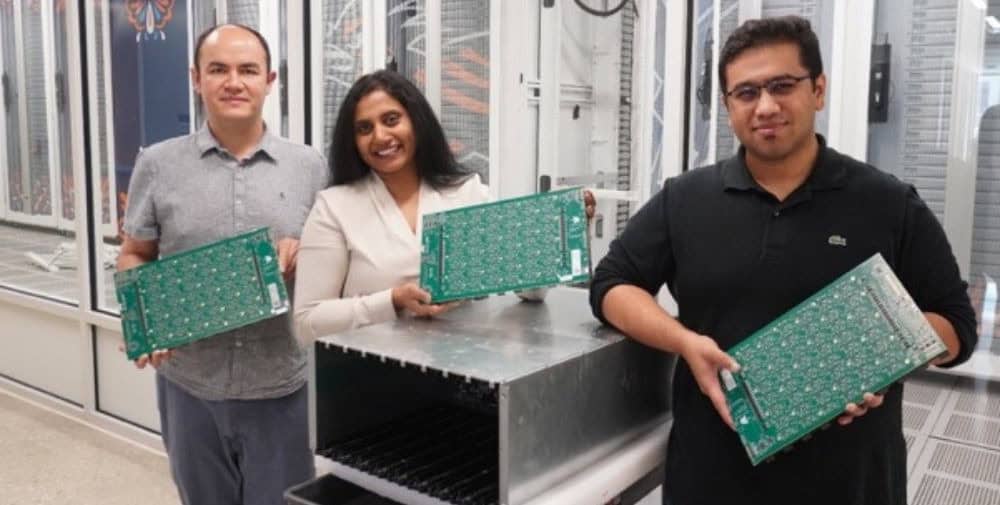
“With Rail Forward Assist, we are now transferring the successful concept to mainline traction vehicles. Areas of application for the collision warning system include local passenger transport, shunting services and maintenance vehicles in the yellow fleet,” says Heiko Mangold, Head of Rail Technology at Bosch Engineering. The modular assistance system consists of a control unit and various sensors that are linked for seamless monitoring of the area in front of the rail vehicle. The sensor cluster used depends on the application and can consist of camera, radar, LiDAR and ultrasonic modules.
Mainline and Urban Forward Assist for urban transport
For the operation of metros, suburban trains and regional trains, the monitoring of Mainline and Urban Forward Assist includes the platform area as well as the area in front of the traction unit. The system warns of obstacles on the track and dangerous situations at stations, offers signal detection and a brake assistance function. This reduces the risk of accidents in the station area and prevents disruptions to operations due to signals being crossed or incorrect stopping points in stations.
Shunting Forward Assist
Shunting operations pose particular challenges for railroad personnel, as in addition to the actual shunting task, they must also pay attention to rail operations on parallel tracks for their own protection. Shunting Forward Assist supports shunting personnel by warning them of obstacles in the track area, such as incorrectly parked vehicles or an imminent collision with incorrectly set points. A coupling assistance function, signal detection and a catenary assistant for locomotives with hybrid drive are also integrated. The resulting benefits are considerable psychological relief for staff, greater safety, less personal injury and property damage and the avoidance of often costly damage to overhead lines.
Maintenance Vehicle Forward Assist
Work often has to be carried out in the track area during construction and maintenance work. Here too, personnel are particularly required to ensure their own safety and operational safety. They receive support from the Maintenance Vehicle Forward Assist environment monitoring system. Its hazard warnings cover people and obstacles in the track area, imminent risk of collision with incorrectly parked vehicles in the points area and damage to the overhead contact line. This ensures better situational awareness so that personnel can concentrate on construction or maintenance work and reduces the risk of personal injury and damage to property.
On the way to full automation
The Bosch Engineering Rail Forward Assist is based on a robust multi-sensor concept and is specially designed to meet the high requirements of the railroad sector. The system is certified in accordance with EN 50155 and EN 50128. The modular design ensures flexible use in various railroad sectors, for customer-specific applications as well as special applications. The first pilot projects for environment detection in the railroad sector have already been successfully implemented. “With our expertise and our technologies, we want to help drive forward the complex automation of rail traffic. We are gradually moving closer to the long-term vision of fully automated, highly networked and therefore more efficient and safer rail traffic,” adds Mangold. A first step towards full automation is taking place in the low speed range. This includes, for example, the automation of train staging runs or full automation in the shunting area.
– – – – –
Further links
👉 www.bosch.de
👉 www.bosch-engineering.com/de/branchen/schiene/eisenbahn/
Graphic: Bosch




